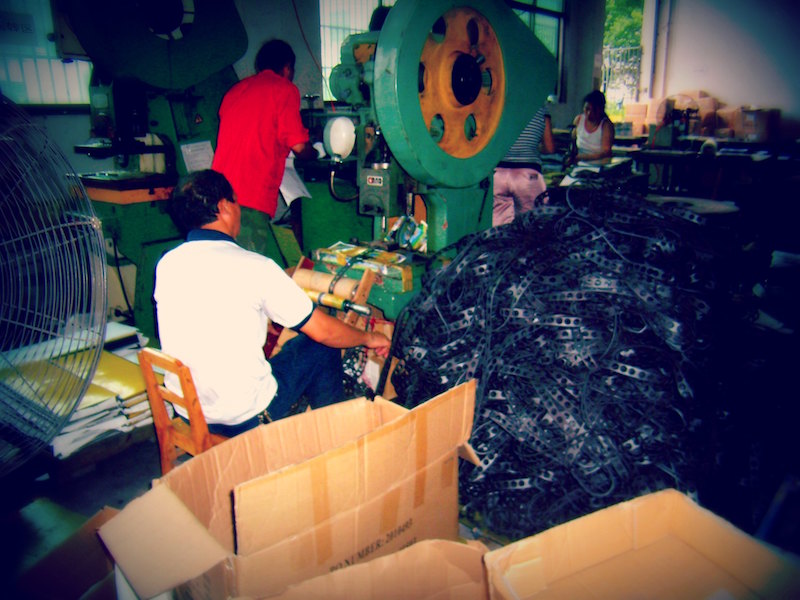In China sourcing, proper project and order control is more than sending batch information to your supplier and expecting them to figure it all out. They may figure out something entirely different than you intended. This is where, YOU, guiding your China supplier’s focus comes in to play.“But I’ve sent the detail, I told them what I want, they are the supplier. Isn’t that enough for the supplier to do what I’m paying them to do?”
This would be a reasonable question in certain worlds.
But in China sourcing and manufacturing, reasonable questions commonly take a backseat to practicality and goals.
As a buyer, you want your focus and goal to be the supplier’s focus and goal.
Your supplier’s focus is stuck in routine mode:
It’s common for your supplier’s focus to be tightly held in a framework of routine.
Use your communication to shift their focus towards the specifics of your project.
Use specific wording to shift the supplier’s focus towards your request. To say it as basic as possible; tell them what to do.
For example:
“Notice what we’re requesting has a very high-end print. Study carefully the artwork we sent and confirm if you can do this artwork. Send us examples of high quality print you may have done before”.
To use a cliché, keep the main thing the main thing. If you send blobby and unorganized specs, the supplier can get just as chaotic with you or they will default back to routine mode.
Remember, the strengths of the supplier sales contact is not cleaning up your disorganization.
The physical taking precedence over the digital
Without shifting the supplier’s focus, they will frequently create their own springboard.
Here’s a story:
A client sends a factory a physical sample and an artwork file that has the item’s design to be engraved.
The physical sample that was sent is also already engraved.
The factory is instructed to make a counter sample.
The factory makes the counter sample and it has an INCORRECT engraving on the item.
“Why? I mean, after all the client sent the artwork.”
The factory did not use the artwork. They copied the sample as it was. The sample the client sent had a DIFFERENT engraving than the artwork file.
The client did not shift or BREAK their focus (in simple terms, tell them what to do):
(by the way, here’s a China sourcing resource on Artwork, Attachments & Images)
This is an example of the factory, from the factory’s point of view, using the lowest resistance, least investment path.
The factory in this case, assumed the digital was a safe duplicate of the physical.
We could just as easily say the client assumed the factory would use the artwork. The client assumed the factory would figure it all out.
In many cases the factory makes a multitude of wrong assumptions.
That doesn’t matter.
What matters is shifting the supplier’s focus to YOUR focus.






China Sourcing Basics
Let me share what I've learned about China Sourcing.
Provide your email & receive free ebook: 40 Tips for Emailing China Suppliers.
I'll never spam. I'll share tips on Private Labeling, Sourcing and China Business.
You have Successfully Subscribed!